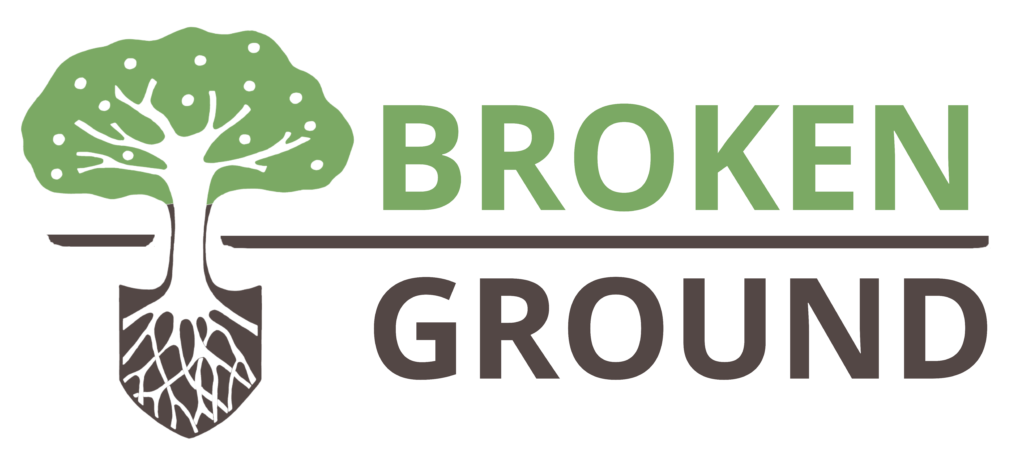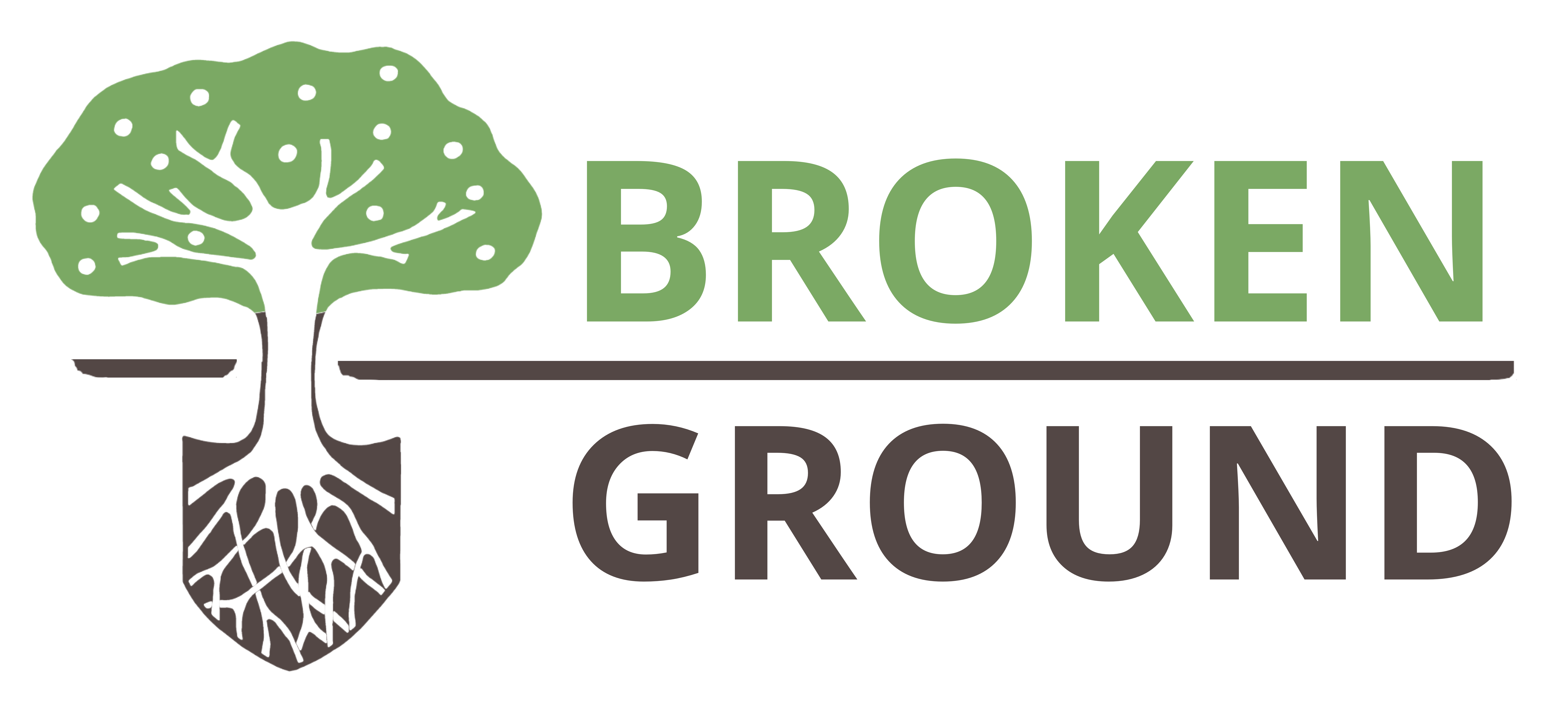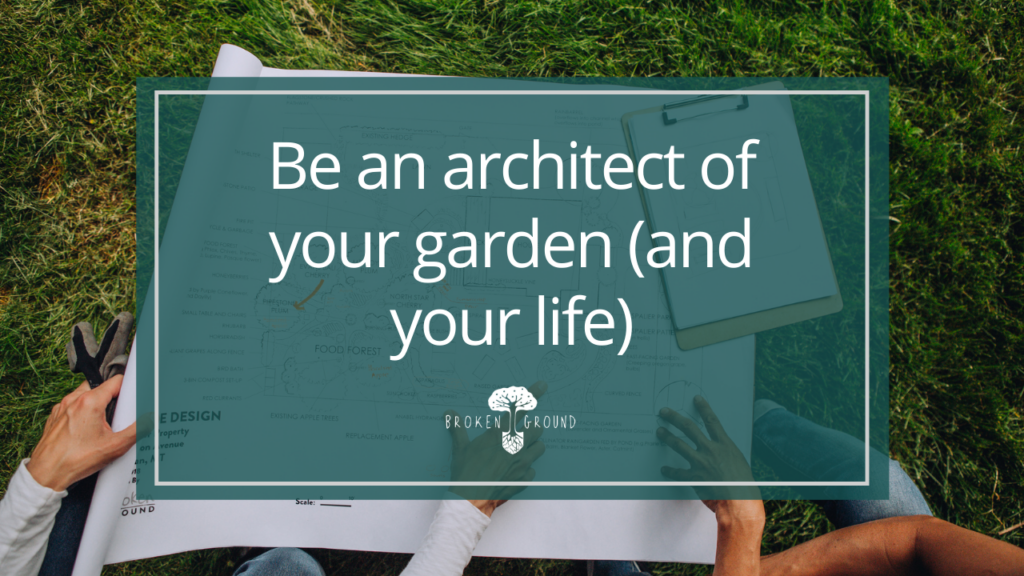The best way to predict the future is to design it. – Buckminster Fuller
Design is a function inherent to all human beings. Choosing where we live, what job we have, what clothes we wear, how we arrange our living room and what we eat every day are all design choices. Similarly, when it comes to gardening, design figures prominently in the size, location, and aesthetic of your garden, as well as the vegetables and fruits you choose to plant.
In my workshops on permaculture and gardening or in speaking with my clients, I talk about how to design an edible landscape that best fits your needs and your lifestyle. What I want to convey, however, isn’t only about how to grow fruits and vegetables. I hope that people walk away with an understanding of how to design a healthier, more sustainable life, one that is resilient not only because of an abundance of fresh food but because of the networks of support and community.
So as spring rolls around and you’re itching to get into the garden, here are a few design principles to keep in mind, that apply both to your garden and to your life: Start Small and Stay Close
Starting small is always my top piece of advice. With multiple demands on your time, design your garden to scale. Is it just you in the garden or do you have help? If you want a bigger garden, are there neighbors and friends that want to lend a hand in exchange for fresh produce?

The principle of staying close derives from the concept of zones in permaculture, where the frequency with which you need to maintain something in the garden is directly related to how close it is to your house. For example, lettuce and herbs that you’re picking on a daily basis might be close to your backdoor whereas plants that don’t need daily care such fruit trees and berry bushes can be located farther away.
Applying these principles to your life as a whole means that you try to live within walking or biking distance of places that you visit frequently. For example, your work and your child’s school are ideally located within walking distance. Indeed, some take it to the next level and work from home. This saves money on gas and saves time because there is no commute, freeing you up for other tasks. Then, locations that you visit on a weekly basis like the grocery store, the library, and the park can be within biking distance and finally, those places that require only a monthly visit might be within driving distance.
Although these principles assume ideal situations, can you see how the closer you can get to this model both in the garden and in your life, the less work it will be for you?

Abundance Springs from Relationships
Permaculture and gardening isn’t only about designing your landscape, it is the art of creating beneficial relationships. In natural systems, webs of connections between plants make a system more resilient. For example, planting flowers like cosmos, sunflowers, calendula, and borage will attract beneficial insects and significantly reduce the incidence of pests in your vegetable garden.
You can apply this same principle to your life. What beneficial connections between people and places can you make to enrich your life? Are there sports leagues, outdoor clubs, support groups or meetup groups you can join? What sort of support do you need and how can you create community around those needs? We know that true abundance has little to do with material goods and money; it has everything to do with the community of friends and family that we have cultivated and nurtured over our lifetime.

Feed What You Want to grow
In gardening, rather than killing pests that come into our garden, we instead feed and build healthy soil that allows the plants to resist disease. Similarly, in life, instead of fighting against negative attitudes, behavior, or people, we want to spend more of our time modeling positivity and gratitude and being around people that do the same.
Most importantly, especially in this age of ipads, ipods and cell phones, we want to feed and grow our connection to the natural world. Gardening and getting outdoors helps us connect to the cycles of life. We know that a splash pink in the garden elicits feelings of happiness, calm and appreciation. We understand that direct contact with the soil and with plants alleviates stress and enhances the quality of our lives.

Use and Value diversity
In nature, diversity makes an ecosystem resilient. The more diversity of plants in your garden, the less susceptible any particular plant will be to disease. Instead of monocultures of the same crop, you want to plant polycultures of different vegetables and flowers that are attracting pollinators, confusing pests, and building soil.
Similarly, exposing yourself to diverse cultures, foods, art, people, and points of view makes life more meaningful and rich.
Diversity of plants enriches our soil, diversity of people, relationships and activities enriches our life.
Being the architect of your life doesn’t mean that everything in your day-to-day routine should now be carefully planned out and organized. On the contrary, if you’ve designed your garden and your life in such a way where your daily tasks are close by, where you are abundant in beneficial relationships, where you cultivate gratitude and where you feel supported by your family and community, then you’ve designed a life where you have more room for spontaneity, for travel, and for enjoyment.


